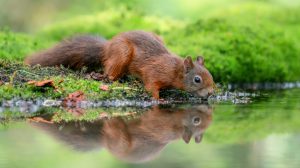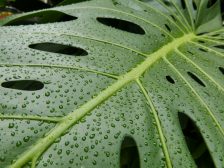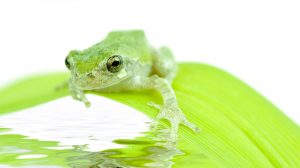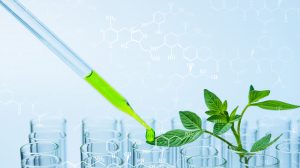Definition
noun
The scientific study of nematodes (roundworms)
Supplement
Nematology is a branch of biology that deals primarily with the roundworms or nematodes. It became an independent discipline in the mid to late 19th century.1 Nematodes belong to the phylum Nematoda. They are characterized by an early pulmonary phase related to larval migration and a later, prolonged intestinal phase. Adult worms are 15-40 cm in length and maintain themselves in the lumen of the small intestine. Infection occurs after ingesting eggs contained in contaminated food or more commonly, by transmission to the mouth by the hands after contact with contaminated soil. Treatment is with mebendazole or pyrantel pamoate.
A nematologist is a person specializing in this field. Nathan Augustus Cobb is regarded as the father of nematology. He was able to describe several species of nematodes. Michel Luc, a French nematologist, is considered as the father of the plant nematology. He is also known for his work on nematode taxonomy. Another notable nematologist is Gregor Willian Yeates. He is known for his work on nematodes in non-agricultural settings, particularly sand dunes.
Word origin: Ancient Greek nêma (“thread”) + –logy
Reference(s):
1 Chitwood, B. G., and Chitwood, M. B. (1950). “An Introduction to Nematology”, pp. 1–5 in Introduction to Nematology. University Park Press, Baltimore.
Dictionary > Nematology
You will also like...

Animal Water Regulation
Animals adapt to their environment in aspects of anatomy, physiology, and behavior. This tutorial will help you understa..

Plant Water Regulation
Plants need to regulate water in order to stay upright and structurally stable. Find out the different evolutionary adap..

The Water Cycle
The water cycle (also referred to as the hydrological cycle) is a system of continuous transfer of water from the air, s..

Adaptation Tutorial
Adaptation, in biology and ecology, refers to the process or trait through which organisms or the populations in a habit..

Plant Biology
Plantlife can be studied at a variety of levels, from the molecular, genetic and biochemical level through organelles, c..

The Origins of Life
This tutorial digs into the past to investigate the origins of life. The section is split into geological periods in the..